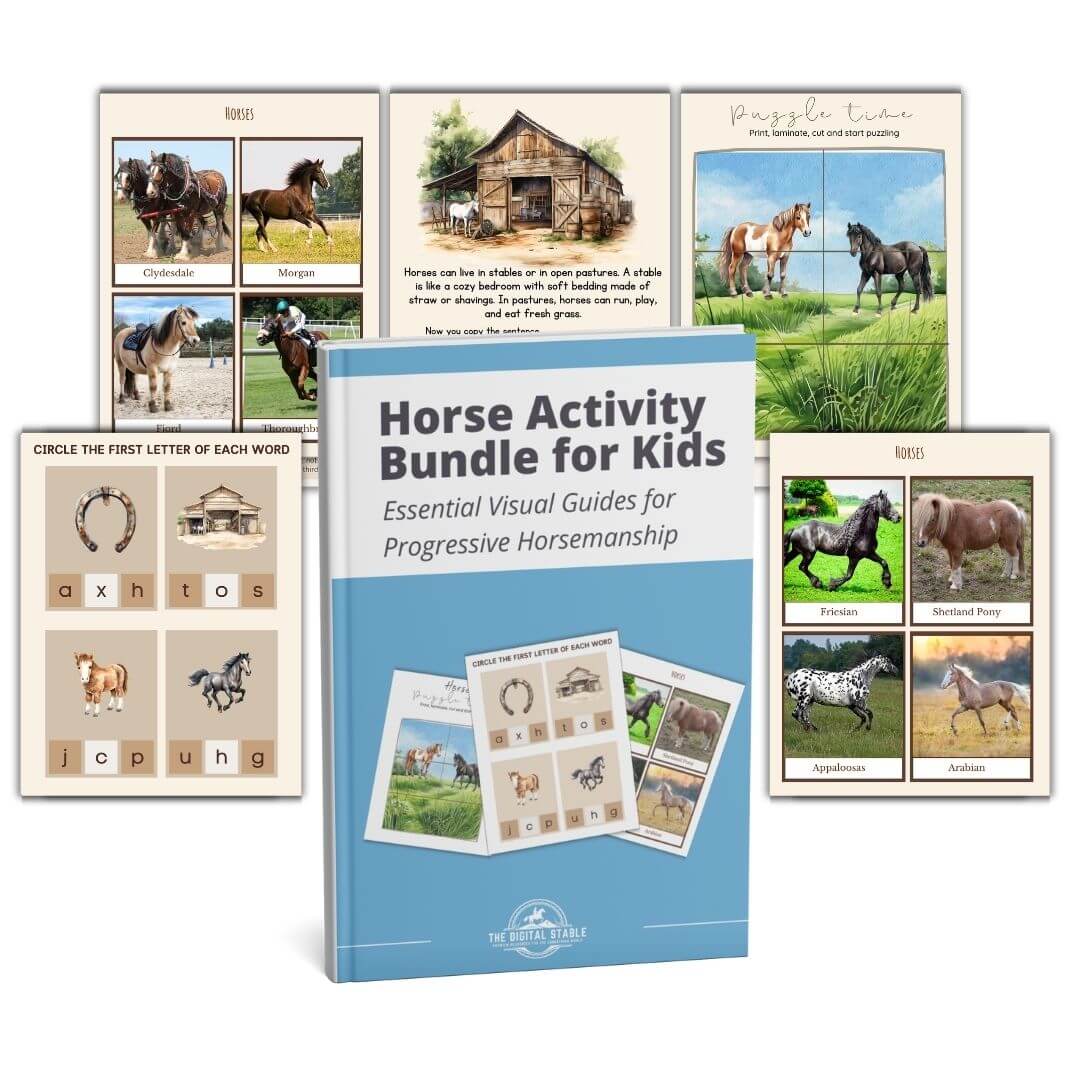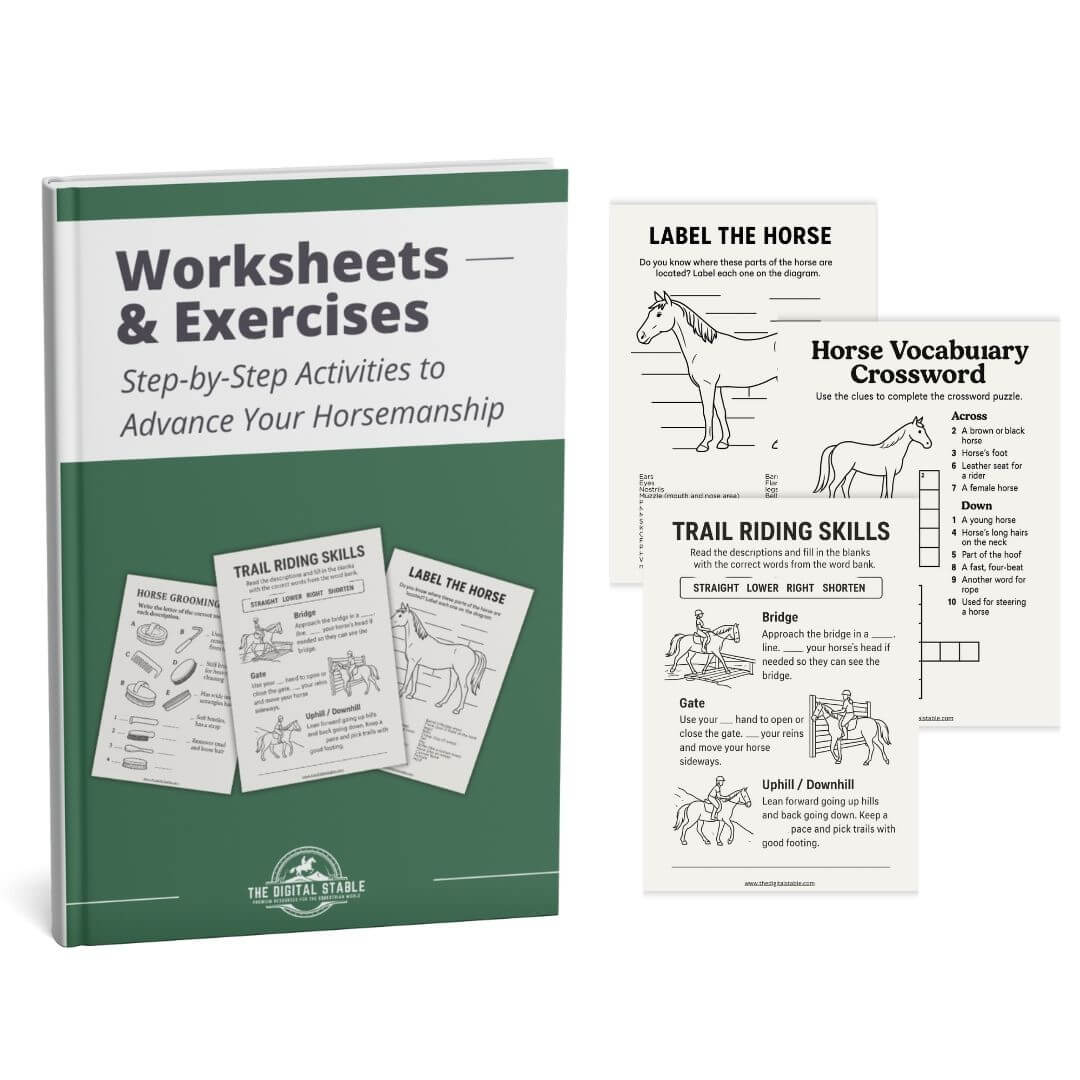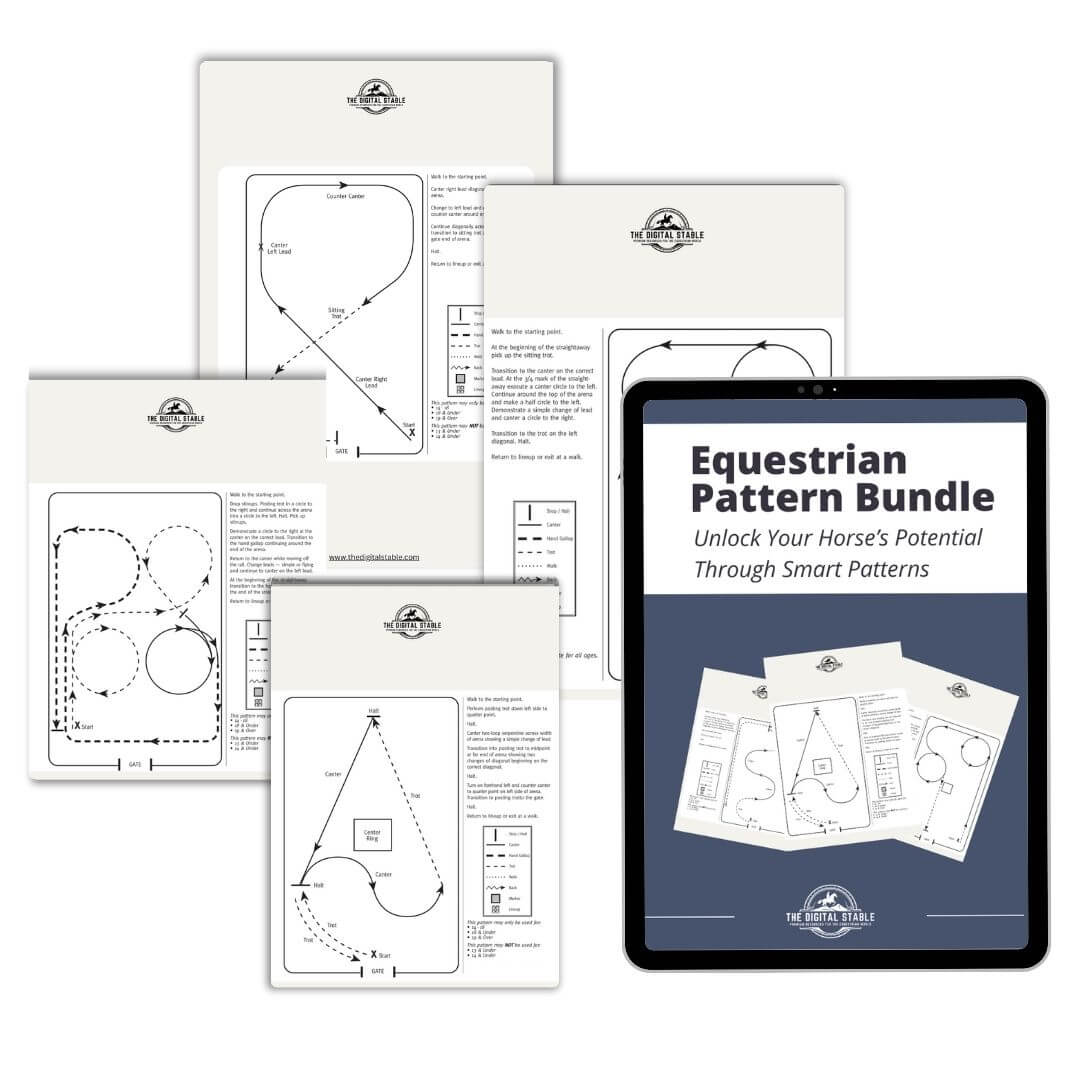 You’ve got five horses walking in circles, one student who can’t steer, another who just discovered trotting is “terrifying,” and a parent calling out advice from the gate.
You’ve got five horses walking in circles, one student who can’t steer, another who just discovered trotting is “terrifying,” and a parent calling out advice from the gate.
Sound familiar?
Teaching multiple students in a shared arena is part art, part logistics, and part emotional regulation — yours and your horses’.
Here’s how to keep lessons organized, safe, and calm, even when your arena feels like rush hour.
Step 1: Set the Tone Before the Lesson Begins
A calm lesson starts long before anyone mounts up.
Establish expectations early:
- Horses wait quietly at the mounting area.
- Students know the day’s focus (for example: “Transitions and spacing”).
- Everyone understands arena etiquette — passing left shoulder to left, calling out “inside!” before changing rein, and keeping a safe distance.
Confidence thrives on clarity. If you start with structure, half your battle is won.
Step 2: Plan Your Arena Flow
When space is tight, movement design matters.
Instead of letting everyone wander, assign mini-zones or patterns:
- One rider practices circles at the far end.
- Two work through poles down the centerline.
- The rest focus on transitions along the rail.
Rotating zones every 5–7 minutes keeps the energy balanced and gives each student attention without chaos.
Tip: set out cones or poles before the lesson — visual boundaries do wonders for organization.
Step 3: Teach Group Awareness
Riders often focus on their horse and forget there are four others in motion.
Build spatial awareness with quick, fun challenges:
- “See how many horse lengths you can keep between you and the next rider.”
- “Pass at the letter C — quietly and safely.”
- “Who can hold a perfect 20-meter circle without drifting into another lane?”
Turning awareness into a game keeps riders engaged while reinforcing safety.
Step 4: Control the Energy — Yours First
Students mirror your state of mind, and horses mirror theirs.
If you start rushing, everything unravels.
Try this before you begin:
Take a deep breath, lower your voice slightly, and slow your walk.
Those subtle cues influence everyone in the arena — humans and equines alike.
When chaos starts to rise, don’t shout louder. Pause, regroup, and reset. Calm energy spreads faster than stress.
Step 5: Use Clear, Concise Cues
In a busy arena, long explanations get lost. Replace paragraphs with keywords.
Instead of: “Okay, let’s transition to a trot and remember to keep your outside leg steady, inside rein light, and eyes up.”
Say: “Trot. Outside leg — steady. Eyes up.”
Three words beat thirty when five riders are listening through wind, movement, and adrenaline.
Step 6: Rotate Intensity Levels
Alternate between high-focus work and calm exercises.
After a complex pattern, bring everyone back to walk for breathing and review.
That mental rhythm prevents overwhelm — especially for nervous horses and riders.
Example flow:
Warm-up walk → circle transitions → trot poles → group walk review → cone serpentine → cool-down on long rein.
It keeps lessons dynamic without tipping into chaos.
Step 7: Celebrate Small Wins Out Loud
With group lessons, some riders progress faster than others.
Publicly recognize improvements (“Great rhythm in that corner, Anna!”) — it keeps everyone motivated.
But balance praise equally: even a simple “Good focus” to a quiet student builds confidence and calm energy around the arena.
A happy, encouraged group is far easier to manage than a silent, tense one.
Final Thought
A calm, focused lesson isn’t about perfection — it’s about rhythm, awareness, and emotional balance.
When you teach from clarity and calmness, horses soften, students listen, and the whole arena starts to flow like a well-choreographed dance.
You can’t control everything — but with structure, awareness, and a plan, you can guide the chaos into harmony.
Looking for structured lesson plans and group activities ready to print?
Explore The Digital Stable Bundle — over 200 beautifully designed worksheets, posters, and exercises built to make teaching smoother, calmer, and more fun for every instructor.
















